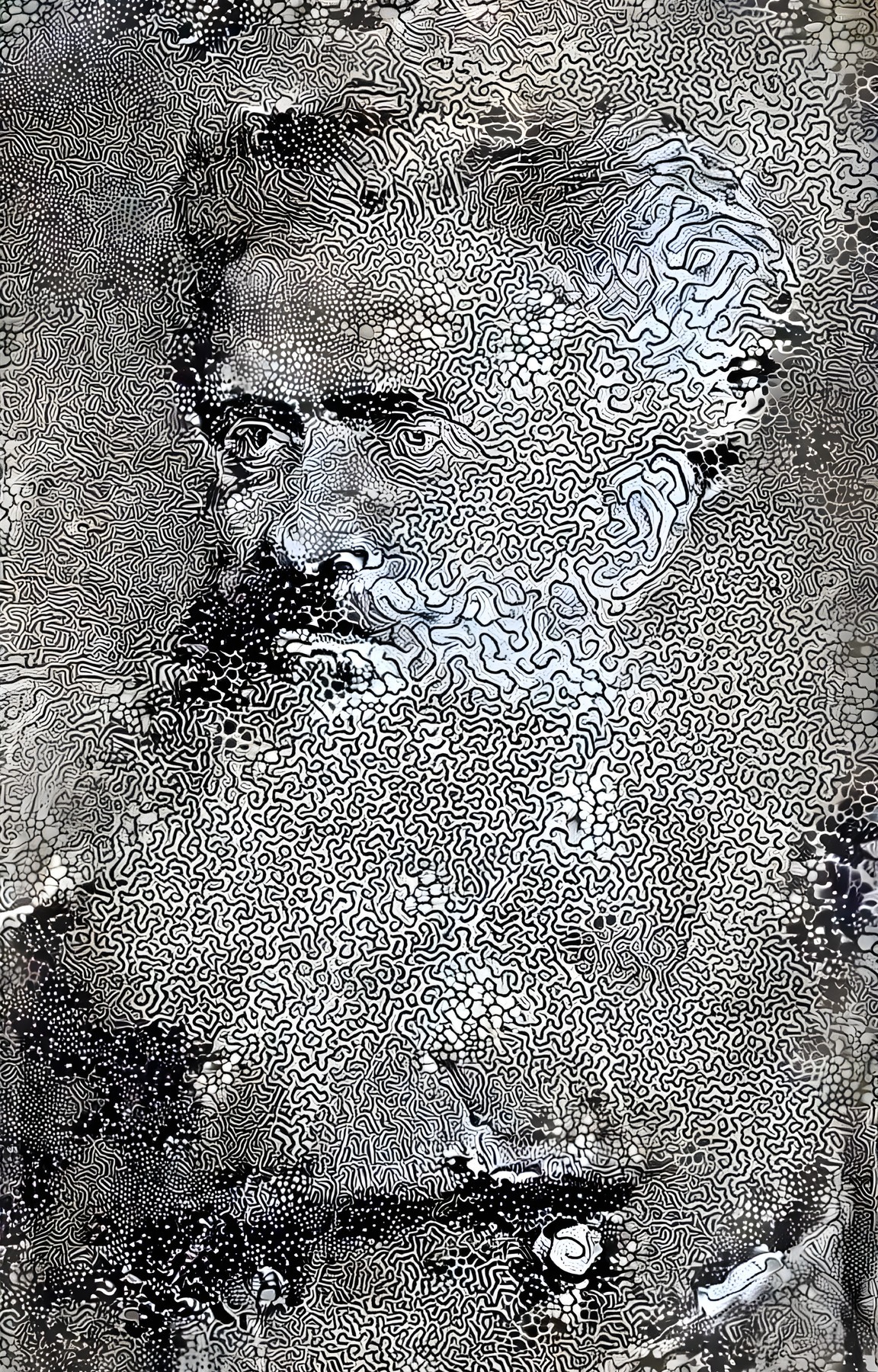Comments
Loading Dream Comments...
You must be logged in to write a comment - Log In

 Artist
Artist
In the cellar of his Paris apartment, Gustave kept a collection of metals that no longer belonged to this world. He had found them discarded from laboratories, pieces of forgotten instruments that had once measured invisible forces. When the lamps were extinguished, he placed the metals inside a lead-lined box and waited. After several nights, they began to shimmer faintly, exhaling a soft, inner light like the breath of sleeping embers.
He called this radiance noir-lumineux—the black light. It was not a paradox to him but a reconciliation, the marriage of shadow and fire. He noticed that when the glow was exposed to sunlight, it weakened, but when sealed again in darkness, it recovered its power. The light was nourished by absence.
Visitors to his laboratory said they felt an unease, as though the air vibrated with invisible thoughts. Gustave would smile and tell them that matter itself was remembering. He believed every atom had a memory of its own, a trace of what it once was and what it wished to become. Metals, he said, were not dead things but pilgrims—slowly ascending through transformations toward a state of radiance.
At night, when the city outside was silent, he placed a piece of the metal on a sheet of photographic glass. Hours later, he developed the plate and found patterns resembling labyrinths, like nervous systems or the roots of plants. The metal had inscribed its inner architecture, its secret anatomy of light.
One winter, a thunderstorm struck and the laboratory was flooded. The box of glowing fragments dissolved into the water, and the floorboards began to emit a faint luminescence that lasted for weeks. Gustave took this as a sign that the essence he sought could not be contained. He began writing feverishly, not to explain, but to translate what the light whispered.
He died before completing his treatise. Yet when they cleared the apartment, the wallpaper bore the faint outline of his face, traced by filaments of luminous dust—his features suspended between pattern and disappearance. Those who saw it said it looked as though the walls themselves were thinking, remembering the man who had taught matter how to shine in the dark.